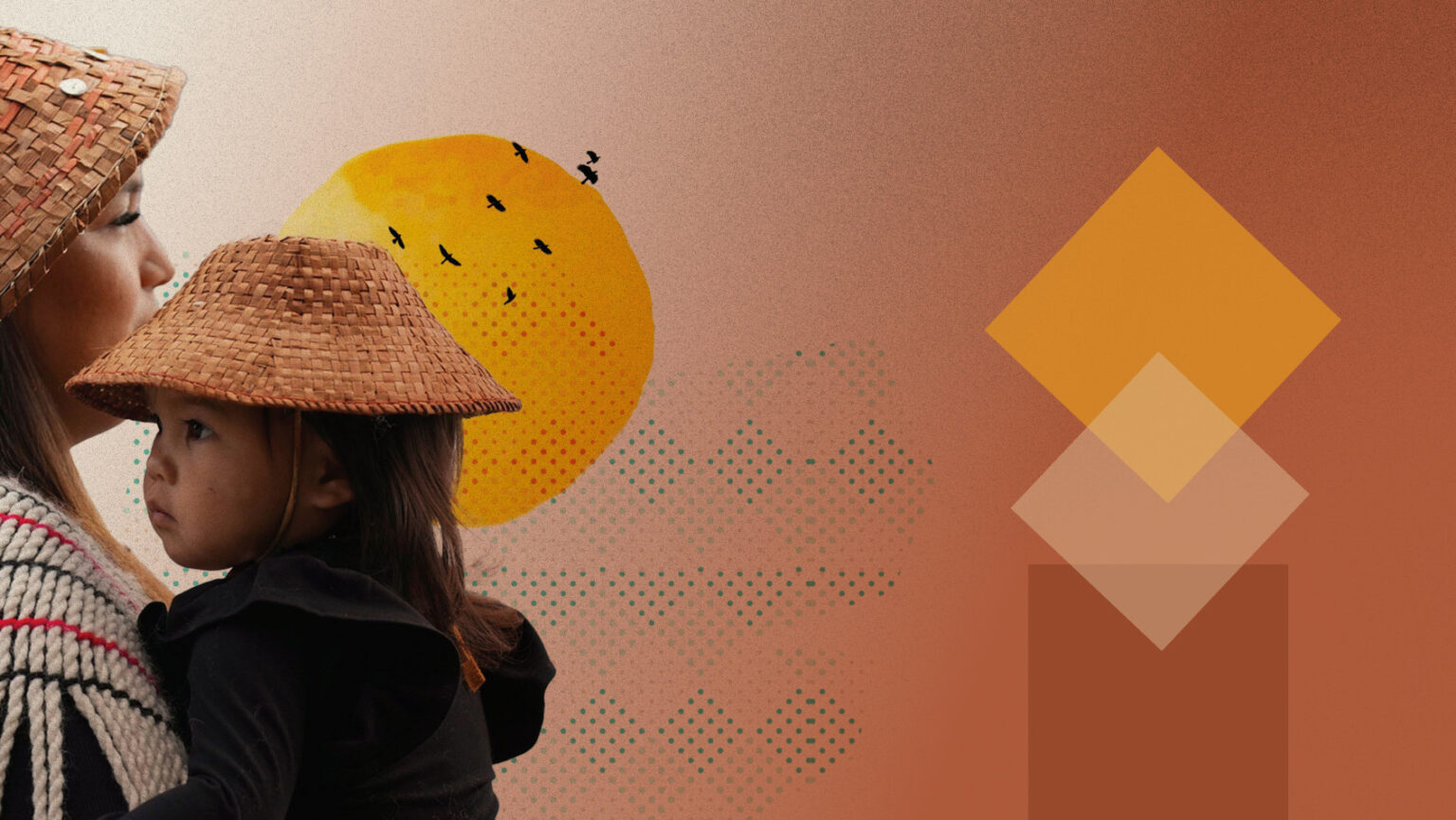NICWA submitted written testimony ahead of the U.S. Department of Health and Human Services (DHHS) tribal budget consultation. This consultation happens annually typically within March or April to solicit testimony on DHHS programs that fund tribal governments and urban Indian programs. The budget consultation begins DHHS development of the budget they will submit to Congress the following year and allows tribal nations and urban Indian programs to provide information on the need for DHHS funding, priorities, and funding level recommendations. This year, the tribal budget consultation occurred on April 19, 2023; it was the 25th annual budget consultation.
What we know about tribal child welfare programs:
Tribal child welfare programs administer a range of child welfare services, including child abuse and neglect prevention, child protection, in-home services, case management, foster care, kinship care, guardianship, adoption, court hearings, coordination and collaboration with state or county partners, and referrals to other services, such as health care or housing. The programs work tirelessly to successfully serve children and families through holistic, strengths-based, culturally responsive, and family-centered services. Tribes serve a critical role in providing these services not only for tribal citizens living within their tribal lands but also helping state agencies provide services to their tribal citizens living off of their tribal lands. The assistance tribes provide in this respect reduces state costs and administrative burden and helps ensure culturally appropriate and effective services are provided to Native families.
The challenge:
The COVID-19 pandemic has further revealed and exacerbated disparities and disproportionality that Native children and families experience in child welfare systems. Stressors associated with the pandemic have pushed many Native families to the edge and child welfare systems have struggled to maintain their services and supports at a level that can respond to the increasing needs. New challenges have occurred because of the pandemic that were not prevalent before it began, such as the increased loss of caretakers for children in and outside of foster care. These new challenges have hit Native children, families, and communities more heavily than many others. Challenges as a result of the pandemic, such as child welfare worker shortages and challenges in accessing supportive services, still reverberate today in tribal communities as tribal child welfare systems work to adapt to their new realities.
The solutions:
To successfully meet these challenges, tribal child welfare systems will need additional support and flexibility. Investing in tribal services that can reach children and their families before, or shortly after, child abuse or neglect has occurred helps to curtail the pervasive effects of long-term trauma in children. This also avoids the more costly services associated with removing children from their homes. Addressing trauma and related issues associated with child abuse and neglect early can also significantly improve chances that trauma can be successfully addressed and avoid the “revolving door” in child welfare where children and families have repeated contacts with the child welfare system. This is a benefit not only for tribal governments, but also the federal government that funds tribal child welfare programs. The current federal investment in child welfare for both tribes and states has been heavily weighted towards crisis interventions that do not work well to prevent abuse and neglect from occurring or re-occurring. These crisis services also utilize some of the most expensive services in child welfare, such as out-of-home placement. After over 30 years of relying on this failed model of financing child welfare services, it is time to seriously explore how moving to a model with more balance and investment in early intervention and prevention can change the paradigm and reduce child maltreatment overall. This requires that tribal access to federal child welfare related funding must be improved overall and especially to programs that can support prevention and early intervention services. In addition, funding must be flexible enough that tribal nations can provide services that are culturally appropriate to their community and are structured in a way that makes sense given the economy of scale of tribal nations and differences in infrastructure when compared to state governments. Congress has unequivocally recognized that there is nothing “more vital to the continued existence and integrity of Indian tribes than their children.” Therefore, the Administration and Congress must promulgate a budget that empowers tribes to provide programs and services necessary to safeguard their children and strengthen their families within a structure that is both reasonable in terms of administrative requirements and meets the unique cultural needs of Native communities.
NICWA’s testimony for the 25th Annual Department of Health and Human Services Tribal Budget includes recommendations for funding increases that would provide tribes with more workable funding levels after years of little or no increase and to improve outcomes for American Indian and Alaska Native children and families, whether in tribal or state systems.
NICWA Director of Government Affairs and Advocacy
desimmons@nicwa.org
